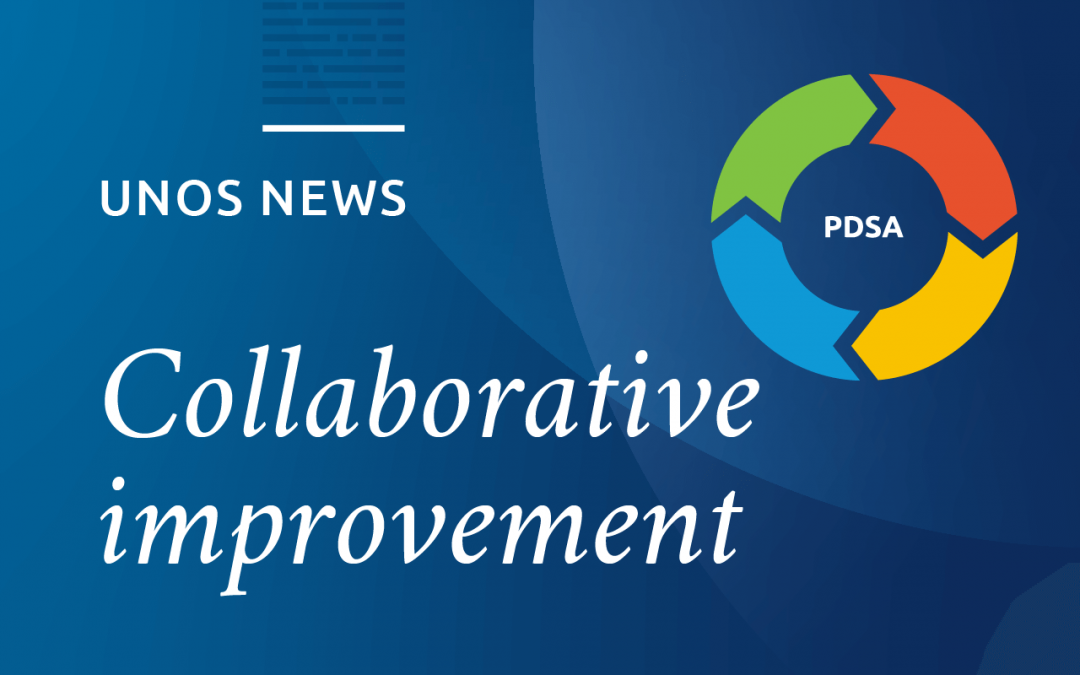A new demonstration project is underway that focuses on effective practices regarding how donor hospitals refer potential deceased donors to organ procurement organizations (OPOs). United Network for Organ Sharing is launching this project on behalf of the Organ Procurement and Transplantation Network, and it aligns with several initiatives of the OPTN strategic goal to increase the number of transplants. These initiatives include expanding the use of collaborative improvement methodologies and models to increase organ utilization as well as promoting knowledge of and increasing implementation of effective donation and procurement practices.
Discovering effective practices
The project’s initial goal is to discover effective practices that can potentially be shared in order to improve the content and timeliness of donor referrals. Donor hospitals are required by the Centers for Medicare and Medicaid Services’ Conditions of Participation to report deaths, including imminent deaths, to OPOs in a timely manner so that they may be screened for potential organ, eye, and tissue donation. The potential donor referral process can vary among hospitals and OPOs and there is no common standard manner in which this process occurs, or in what information is collected at the time of initial referral.
In addition to identifying and sharing effective practices, another potential project outcome could involve developing a national standard for donor referral data, which is a common set of clinical and demographic data elements.
Donor referral standards project to continue into 2021
This project has three phases:
- Inventory phase—August 2020–January 2021
- The current state of potential donor referrals to OPOs will be captured and analyzed by obtaining an inventory from all 58 OPOs. This inventory will collect clinical and demographic data elements, as well as the method of referral.
- Discovery phase—January–June 2021
- A select group of OPOs and donor hospitals will come together to discuss and learn about effective donor referral processes. Information may also be gathered from electronic medical record vendors to further learnings.
- Evaluation phase—July–October 2021
- Next steps will be determined after reviewing the learnings from the inventory and discovery phases. These next steps may include a donor referral collaborative improvement effort, development of educational materials, and a proposal of a donor referral data standard to the Office of the National Coordinator for Health Information Technology.
UNOS brings innovative projects to the community
Several other innovative projects have been undertaken in 2020 that aim to share effective practices and increase donation and transplant. A pediatric liver discovery project launched earlier this year involves more than a dozen transplant hospitals. In October, a collaborative improvement project to increase recovery of donation after circulatory death donors began its design phase. Past collaborative improvement projects include the Collaborative Improvement and Innovation Network, which aimed to reduce risk-avoidance behaviors and increase transplantation of deceased donor kidneys with a kidney donor profile index greater than 50 percent.
By tracking progress and sharing key learnings in a supportive environment—coached by UNOS collaborative improvement specialists—members can help one another improve organizational processes, become more efficient and increase lifesaving transplants.
For more information about collaborative improvement at UNOS, contact [email protected].

